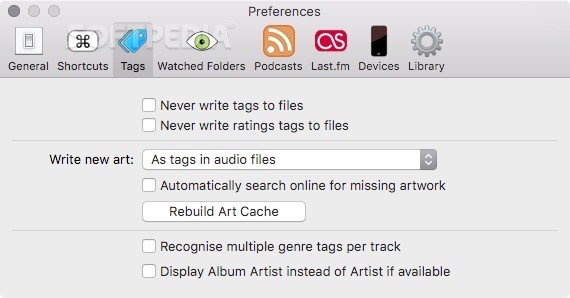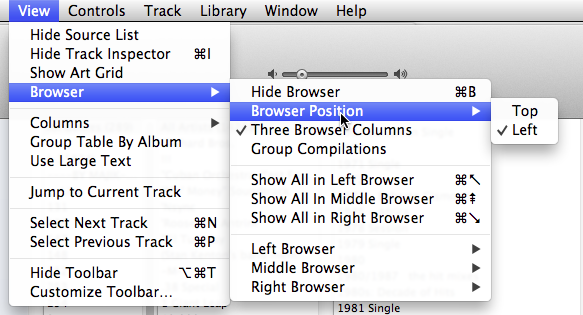

And so when an element needs to be positioned inside an SVG, it is positioned relative to the entire SVG viewport. In SVG, however, there is only one coordinate system by default used to position elements inside the viewport: the current coordinate system in use, established by the SVG viewBox.


Any descendant of the element will then be positioned inside and relative to the element using this coordinate system. The cooridnate system is established by the dimensions (width and height) of the element’s box model. Positioning an element absolutely means it will be positioned relative to one of its ascendants, using that ascendant’s box as a positioning context.Įach positioning context, however, requires a coordinate system. If you want to remove an element from the page’s content flow, you can do that by positioning it absolutely. (You can learn more about this subject here.) Whenever the default position changes, a positioning context is needed to specify where and how an element is going to be positioned outside the default page’s content flow. When the value of an element’s position changes from the default static value, it either creates a positioning context for its descendants or for itself.

You can learn all about this property and its values in this entry over on Codrops.Īn element’s box model is also used to create a positioning context for the contents of the element, where applicable, or for the element itself. This is useful for many use cases, but mostly so for when you’re building grid systems in CSS, for example. More specifically, using the box-sizing property, you can tell the browser to include the padding width and/or border width in the width of the element, without increasing that width. The box-sizing property allows you to control how the sizing of an element’s dimensions works. Any padding added to the element will increase the total computed width and/or height of the element-this is how the default box model works in regards to sizing the element. Normally, when an element’s size is set, the width and height properties determine the width and height of the element’s content box. Image borrowed from the box-sizing entry in the Codrops CSS Reference. The box model of an element in CSS-includes the content, padding, border, and margin areas. Quick Review of The Box Model in CSSĮvery HTML element has a box model in CSS that is composed of four boxes: the content box, the padding box, the border box, and the margin box. But this similarity in positioning elements should not conceal the fact that there is a fundamental difference between SVG elements and HTML elements: SVG elements do not have a box model like HTML elements do in CSS.īefore we move on, let’s quickly review what a box model is in CSS and how it affects positioning things. Every element in SVG is positioned "absolutely" relative to the SVG viewport, and the position inside the viewport is governed by the current coordinate system in use. Positioning elements inside an SVG image is very similar-if not identical-to positioning elements absolutely in HTML. Creating a new coordinate system around an SVG element.‘Relative’ Positioning in SVG Using a Nested svg.


 0 kommentar(er)
0 kommentar(er)
